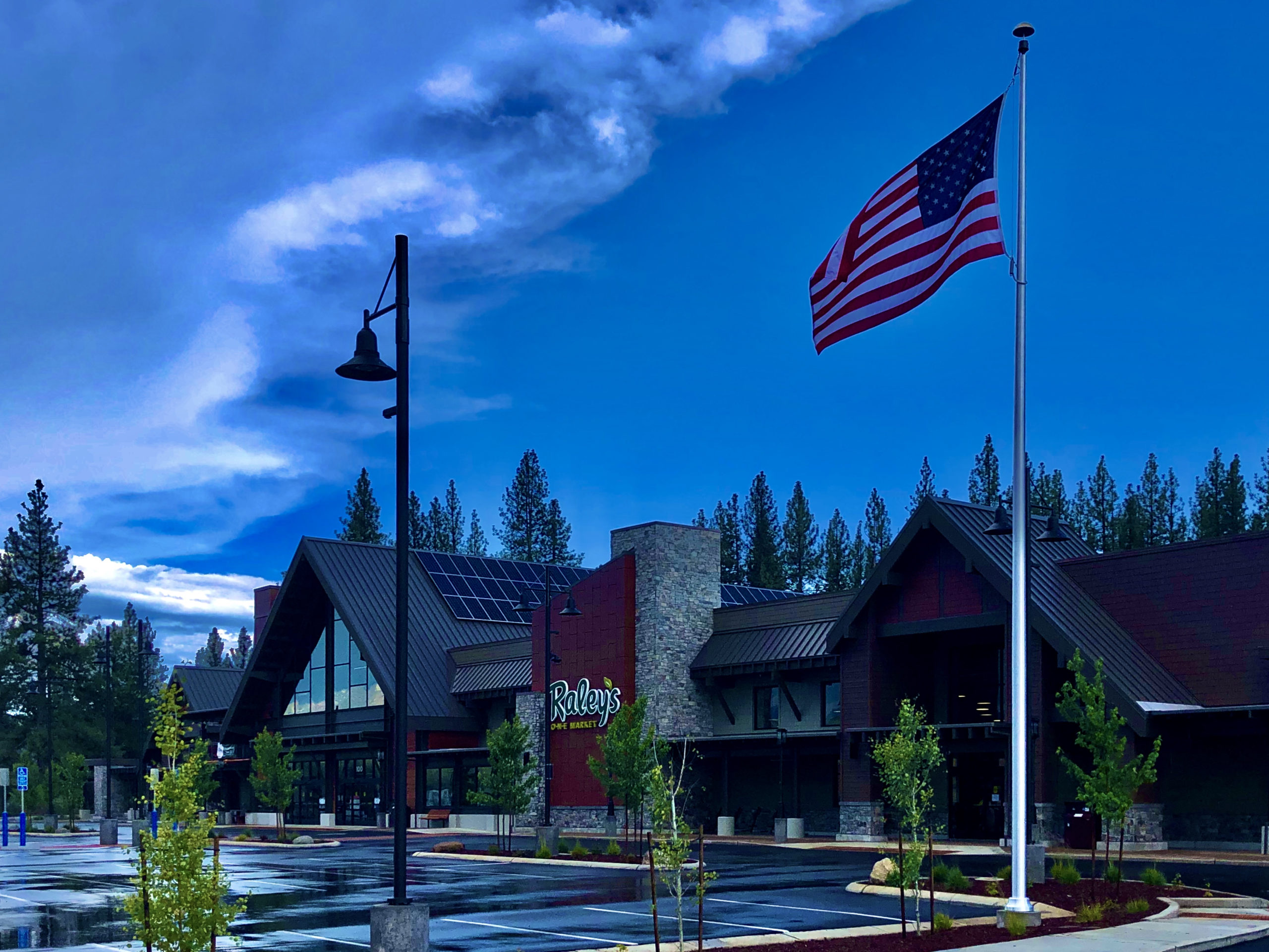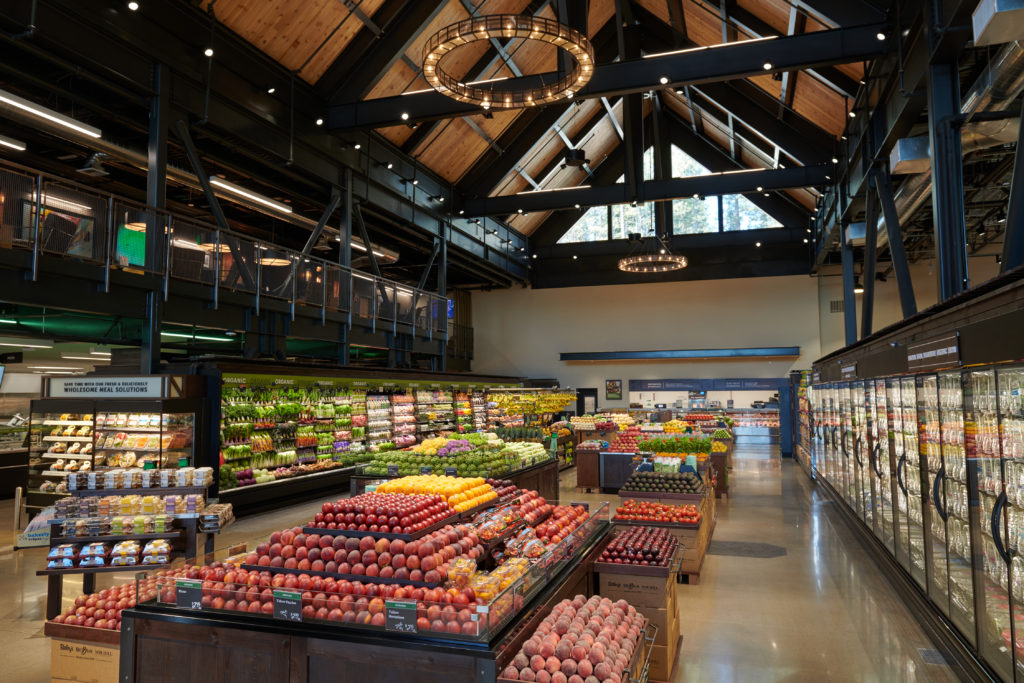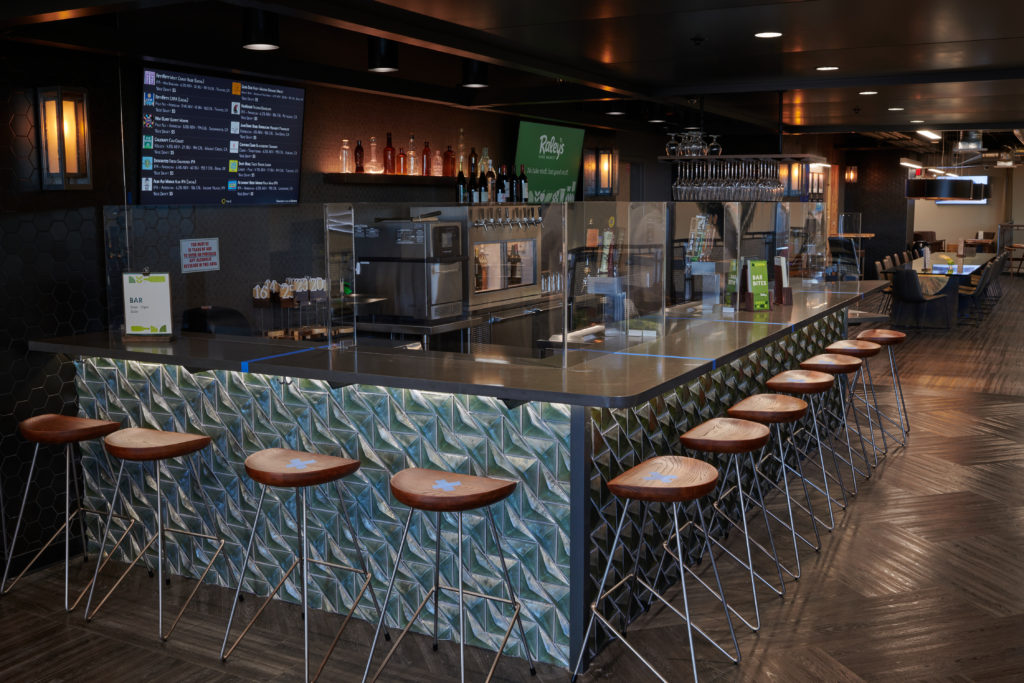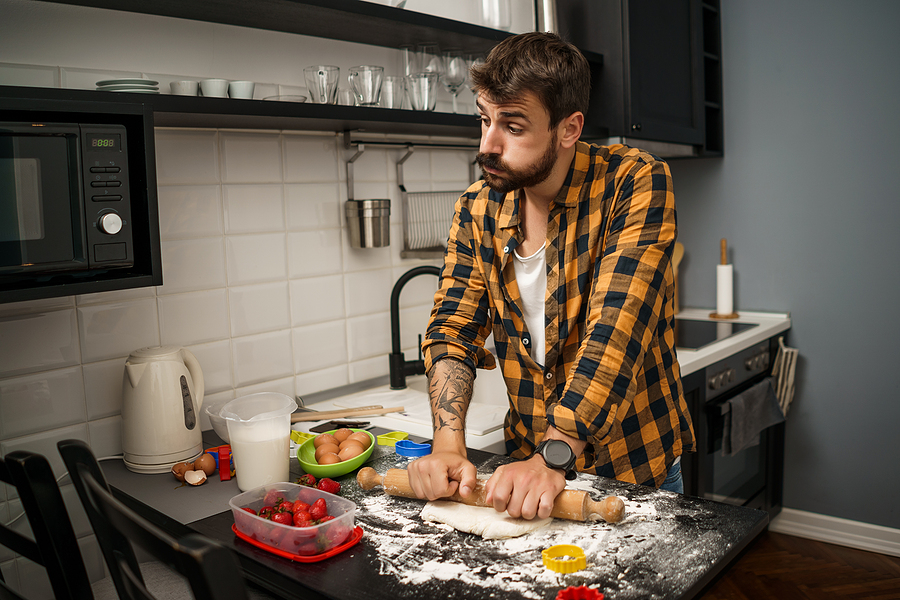
Come for the strategy, stay for the compelling brand story
September 30th, 2020 Posted by Emergent brand advocacy, brand marketing, brand messaging, Brand preference, brand strategy, Consumer insight, Content Marketing, Digital marketing, Emotional relevance, engagement, Higher Purpose, storytelling, Transformation 0 comments on “Come for the strategy, stay for the compelling brand story”The secret to vastly more effective brand engagement
What is the definition of a big idea?
One that you can immediately detect how it will impact the behavior of a company and brand.
Big, transformational ideas rarely fall from the sky. They aren’t granted by some omnipresent deity of marketing best practices. They don’t appear in a lucky draw of the cards or manifest cosmically in tandem with a solar eclipse.
Big, bold business building ideas happen when strategy and insight coalesce around a path that disrupts category conventions and intentionally breaks the rules of standard go-to-market thinking. It is an outgrowth of due diligence into the conditions impacting how brands present themselves, what consumers want and where gaps exist for leaps of improvement.
Big ideas are not formulation enhancements, more expensive ad campaigns, clever positioning statements, new packaging graphics or extra promotional periods.
- The questions that get asked when the goal is transformation are more foundational, such as:
- What business are we really in or should we be in?
- What cultural shifts are:
- influencing the way consumers see themselves
- behave in the marketplace
- and change what they care about?
- What higher purpose should we acquire that imbues our company and brand with deeper meaning and potentially leads us to participate actively in transforming the consumer’s wellbeing?
- How can we fundamentally improve people’s lives and create change that helps them be happier and healthier?
- What can we do differently in our business, operations and go-to-market plans that more closely aligns our brand with a cohort of consumers who are invested in lifestyle passions we can enable, support or influence?
- How can we help change the world for the better?
The reliable pathway to transformative business ideas
We have experienced this repeatedly: when investments are made and time is spent studying the passions, interests and concerns of consumers we wish to serve, insight often leads us to the ‘aha’ moment of discovery. These breakthrough insights offer great leaps of opportunity to rethink what the company and brand are on earth to accomplish and how to dramatically build relevance with people.
In these important moments big things can happen, especially when leadership teams are on the hunt for bigger ideas rather than just extending the status quo for another year.
- Imagine the food retail brand that falls in love with actual food and decides it has more to offer if it becomes a partner on the consumer’s culinary and health and wellness journey, rather than being a conveniently located food product aggregator.
- Imagine the well-known cheese brand that decides it no longer wants to play in a commodity category with commodity-like business behaviors. Not content to be all things to all people, instead the brand disrupts its category and devotes itself to becoming a partner in the kitchen with people who care about cooking and food adventures.
- Imagine the emerging food technology company pioneering the alternative meat business that decides it exists to change our future, impact greenhouse gas proliferation and create affordable products to feed a hungry world.
- Imagine the pet food company that decides earning consumer trust is a top priority and creates an industry-first, all-in platform for openness and visibility to its entire supply chain and product creation process.
Leaps and perceived risk
What if I told you the world around us has changed so intrinsically that the more risky option is maintaining the conventions of routine category behaviors and focus on the features and benefits of product lines – rather than deciding to break with the past and disrupt the marketplace’s existing perceptions of what the business is about?
- What if making great products were now table stakes and the pathway to real competitive advantage had swung to mining higher purpose and deeper meaning? (It has).
Indeed, that is precisely what has happened as technologies and quality formulation and improved ingredient sourcing has leveled the playing field everywhere on premium product experience. The winners in today’s marketplace are those who have gone all in on extraordinary relevance and connection to people; the brand that sees their role in the user’s life on a higher level of collaboration and partnership beyond transactional thinking that conveys we exist to sell you a product.
Risk aversion can be a killer of great ideas, a smothering blanket that snuffs out the light of reconceptualizing and redefining what the box is rather than invoking a well-worn trope to think outside it.
Ironically, the inclination to avoid risk now creates more of it.
The primacy of sound strategy
Strategic thinking has shifted away from myopic preoccupation with competitive analysis and reaching for an incremental improvement over the brands residing next door on the shelf. Specsmanship and a marginally better offering are difficult to maintain and defend over time. Moreover, the consumer doesn’t care about this like you hope they will.
The rules of sound strategy lean into uniqueness, radical differentiation and devotion to lifestyle relevance. To zig when everyone else zags. To violate the rules and conventions of standard market behaviors with purposeful intent.
- Inspiring people requires that brands become inspirational. The ability to achieve this state isn’t an outcome of more protein per serving. People are attracted now to becoming part of something greater than themselves. They want to embrace a mission that adds meaning, value and purpose to their lives.
This aligns with a cultural shift where purchases are now a billboard of what people want others to believe is important to them. If a purchase is largely symbolic, then what’s the symbolism embedded in your brand persona and what flags of cultural relevance are flying above your business and its meaning?
This kind of strategic thinking offers the promise of transformational and sustainable growth because the brand is working overtime to weave itself into the very fabric of consumers’ lives rather than being satisfied with the subjective ‘tastes better’ or aiming for less calories and sodium.
Creating this strategic game plan in fact is the precursor to assuring the brand communications that follows will be engaging.
How to build the compelling brand story
We live in a content-driven world now. Brands are publishers as much as they are product creators. What happens to communications when the brand voice extends to embrace a mission beyond the product itself? Communication gains greater relevance and value to its intended recipient because it is no longer a sales conversation. It’s more meaningful.
Every day we are bombarded with paid media telegraphing cheap insurance, faster mobile service and drug therapies that promise some form of relief but with side effects that might make you sick. These interruptions are not wanted nor embraced nor longed for with bated breath. They are tolerated, maybe. More often they are triggers for disconnection and avoidance.
Doesn’t it make more sense to have a conversation with people about something they care about?
If consumers see themselves as the hero of their own life story and the brand continually competes with them for the hero role in its messaging, what do you think will happen?
It’s a recipe for assuring brand communication is ineffective. If the voice of the brand has more going for it than reciting product attributes, think about the opportunity to create authentic relationships with people when there’s more relevant subjects to discuss.
Yes, discuss! Real conversations are two-way experiences. When the bullhorn is retired and the brand is imbued with deeper meaning that has relevance to consumer lifestyle interests, the conversation gets more interesting. Why? Because there is inherent value in it for the consumer and utility to how they live.
When you decide to be a partner with them rather than a product pusher, the door swings wide open for connection. Isn’t that what you really want? The game isn’t about tonnage of media spend to confront audiences with a self-serving message. Instead it’s about how we contribute to making the user’s life better, healthier, happier and more fulfilling. Those are the messages they are predisposed to find of interest and worthy of their time and attention.
None of this can happen effectively if the foundation isn’t informed by a higher purpose and a break with convention to look at the business differently at that fundamental level of why it exists.
If you start there, the opportunity for big ideas that influence company behavior are on the table. When that happens the future trajectory the business and brand take can alter for the better and greater good.
- Isn’t that something you want to be part of? To inspire people’s lives can be invigorating for all involved.
If it’s time to consider bigger, bolder ideas that transform the conversation with consumers, we would love to talk with you about it. Here’s a link to start an informal conversation.
Looking for more food for thought? Subscribe to the Emerging Trends Report.
Bob Wheatley is the CEO of Chicago-based Emergent, The Healthy Living Agency. Traditional brand marketing often sidesteps more human qualities that can help consumers form an emotional bond. Yet brands yearn for authentic engagement, trust and a lasting relationship with their customers. Emergent helps brands erase ineffective self-promotion and replace it with clarity, honesty and deeper meaning in their customer relationships and communication. For more information, contact [email protected] and follow on Twitter @BobWheatley.






